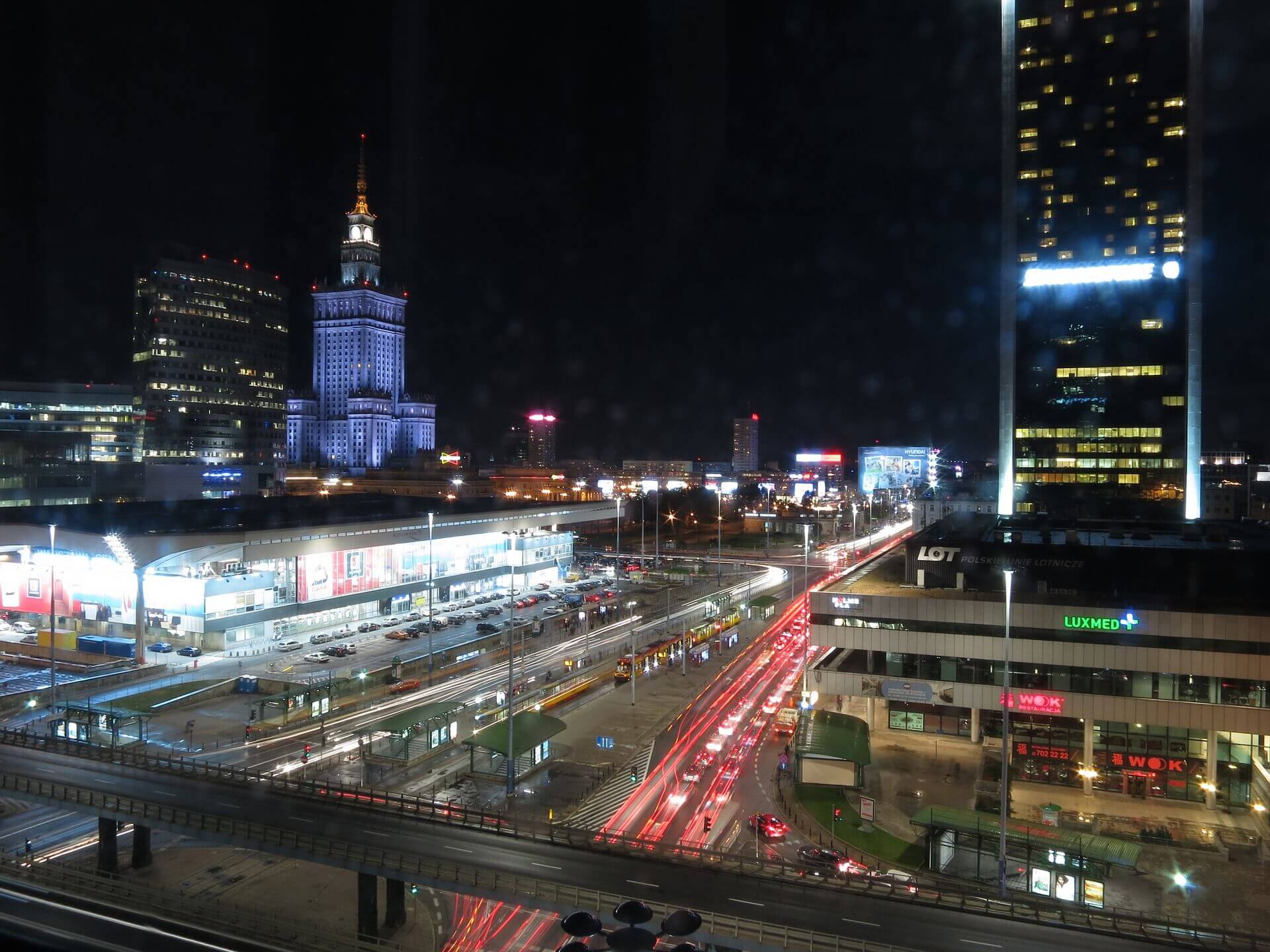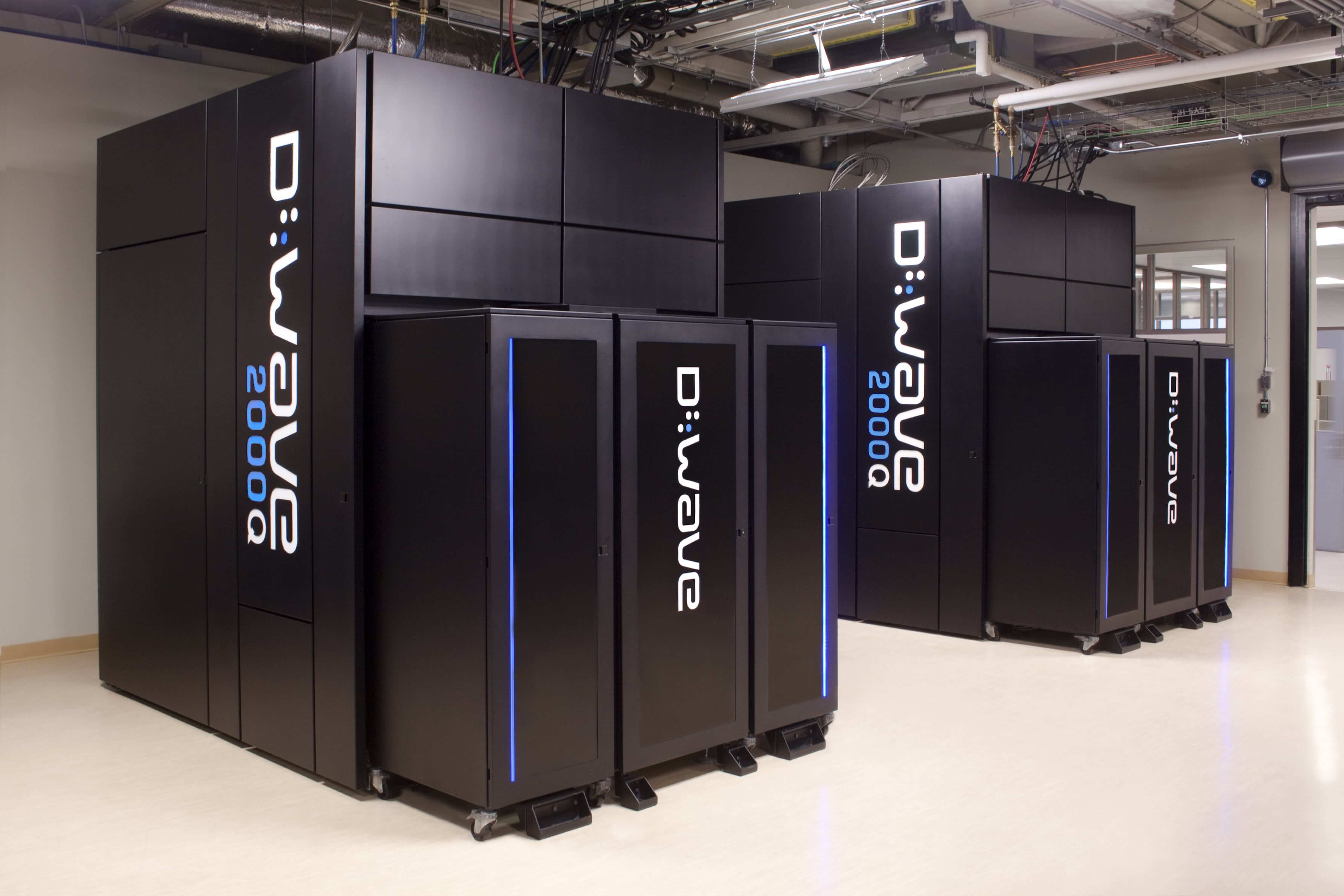Urban Technology
This summer, the U.S. Department of Transportation (DOT) hosted the Smart City Challenge. This first of its kind challenge invited seven cities to provide a holistic, integrated approach to improving surface transportation performance within a city and integrate this approach with other smart city domains, including public safety, public services, and energy. The winning city Columbus, OH will receive up to $40 million from the U.S. DOT and $10 million from Paul Allen’s Vulcan Inc. to supplement the $90 million it’s already raised. That money will go towards reshaping and reimagining the city’s transportation system to become part of a fully integrated city that harnesses the power and potential of data, technology, and creativity. While Columbus is on the move, there are six other cities – San Francisco, Austin, Portland, Pittsburgh, Kansas City, and Denver – that didn’t win the smart city challenge but presented compelling proposals. Though they didn’t take home the grand prize, they’re still implementing their plans to improve transportation. Let’s see what they’re doing to make themselves accessible for everyone.
Each city that participated in the Smart City Challenge has admirable goals for their residents and visitors. In San Francisco, for instance, the city is aiming for a 10 percent decrease in five areas by 2020: traffic fatalities, single occupant trips, transportation emissions, spending for low-income residents, and freight delays and collisions. Meanwhile, Denver proposed an enterprise data management system, a living database that is constantly gathering information and making it accessible to anyone. Their MOBE pitch (Mobility On Demand Enterprise) would eliminate the typical barriers of the transportation marketplace and provide transit options for everybody, regardless of income or disability. Getting rid of these barriers to entry is a great first step towards alleviating congestion and moving forward with transportation improvements.
Portland’s Hop Fastpass, set for a 2017 release, looks to be a hot ticket, easily allowing riders to utilize the city’s TriMet, C-TRAN and Portland Streetcar options. These pay-as-you-go passes will simplify the onboarding process for riders, as they just have to “tap” their card against a reader on the vehicle or tram station. They don’t require exact change or paper tickets; instead, riders can add to their account anywhere, anytime, using the Hop Fastpass app, website or phone hotline. They can also easily use their credit or debit cards to add funds in the checkout lane at the supermarket, pharmacy or convenience store – more than 500 locations in all.
Many of the cities that participated in the challenge have already put parts of their plans into action, and they’ve seen positive results. Pittsburgh has developed smart traffic signals, which are made right in the heart of the Steel City. The lights learn patterns about drivers that pass through, like emission rate, idle time, and travel time in order to make riding more efficient. And Pittsburgh also recently unveiled the world’s first self-driving Uber cars. This will limit traffic accidents, which currently kill 1.3 million people a year, and will also free up the 20 percent of space in cities currently used to park the world’s billion plus cars.
In Kansas City, 12 new buses and 25 stations are keeping more cars off the road. The city also has Wi-Fi kiosks throughout the city, where residents can use kiosks to search for jobs and other information. They can then use those same kiosks to book travel, whether it’s public transit or one of the cars from Kansas City’s growing electrical vehicle fleet.
While the cities can make strides in improving transportation experiences based off of their assumptions, getting residents interested and involved in improving transit will help turn some of these plans into realities. That’s why the Texas Mobility Summit, held earlier this month in Austin, is such a cool event. Teams from all over the state shared proposals and ideas, from enabling connected vehicles to providing transportation options at riders’ fingertips. Creating this kind of open dialogue will lead to more innovative approaches and more efficient results. I had the pleasure of participating in the summit and felt invigorating to meet with attendees and hear ideas that will address the state’s mobility challenges.
Each city that participated in the challenge presented unique solutions for their city but many have common themes among them. For one, they’ve all adopted TNCs and offer ridesharing apps. Uber and Lyft are the most well known, but here in Austin we have RideAustin and Fasten to help riders get around safely while also cutting down on overall city traffic. All of these cities also make use of open data and data sharing. It’s been exciting to see some of the developments utilizing big data, whether it’s an app that can acknowledge when a road needs repair, or an airline company saving time and money on fuel by studying flight patterns.
Of course, there are some obstacles that must be overcome in order to implement these plans effectively. For one, money – always remember that you get what you pay for. Smart lights, self-driving cars, developing apps…all of these things are costly, and sometimes a large investment is necessary in order to ensure they’re carried out effectively. However, the goal with any of these innovations is to save its city’s residents’ time and money, so it’s certainly a worthwhile investment.
There’s also the matter of perfecting the technology we’re utilizing. Collision prevention systems are in place on certain cars and public transit, which can help drivers feel safer behind the wheel while also reducing the impact of a crash. This is the kind of technology, along with things like blind spot detection and smart headlights, which need to be flawless before they can be widely adapted. Companies will have to continue evolving and adapting to new tech so they can safely distribute it to other areas of transit. That can take time, but there can’t be any shortcuts around its production.
Finally, Mother Nature herself can be a hindrance to driving. We’ve experienced higher average temperatures over the past decade than at any time in the world’s history, and we’ve also witnessed harsher storms. Previously, bridges were built to withstand storms that might occur once or twice in a century. With climate change, history is no longer a reliable predictor of future developments. Coastal roads, railways, ports, tunnels, and airports are vulnerable to a rising sea level, which could result in delays or permanent closures. Infrastructure being built now will be expected to last for up to 50 years, so cities must keep the potential for harsher weather in mind. All the advancements in technology won’t be nearly as impactful if there aren’t reliable and safe areas to travel upon.
Still, the horizon is bright for these smart cities that are leading the charge in transportation improvement. We’ve already gotten a glimpse of what they’re capable of and I’m personally looking forward to what’s to come in 2017 and beyond!
*This article was first published on Move Forward on December 14, 2016.
Join the Catalyst Monitor
Join our community, where we push out regular insights to help maintain situational awareness on technological and socioeconomic trends.



